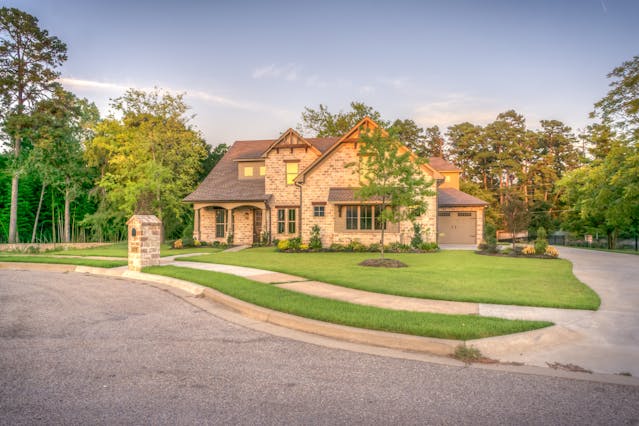Envision turning the exterior area of your house into a verdant, lush haven that is ideal throughout the year. With the flexibility and usefulness of artificial grass, you may have the aesthetic appeal of a well-kept lawn without having to deal with the inconveniences of routine upkeep. The procedure of installing artificial grass comprises a number of crucial phases intended to guarantee a faultless and long-lasting outcome, from ground preparation to finishing touches.
Site Preparation and Groundwork
Setting up artificial grass requires careful site preparation before anything else. This stage is essential to maintaining the artificial turf’s durability and aesthetic appeal. First, clear the area of any existing grass, weeds, or rubbish. For bigger areas, a sod cutter may assist with this task in addition to physical labor. By removing any vegetation, you can stop it from growing back and damaging the artificial grass’s smooth surface. Leveling the ground comes next once the area has been cleared. Uneven surfaces may interfere with the way water drains from the fake grass and detract from its overall look. To make the installation easier, use a rake to level the ground and get rid of any pebbles or roots.
Installing a Weed Barrier
One of the most important steps in keeping undesirable plants from sprouting through the fake grass is installing a weed barrier. This barrier is placed over the prepared ground to keep weeds out while letting water get through. It is usually composed of geotextile cloth. This guarantees that the artificial grass doesn’t grow any ugly weeds and keeps its immaculate look. Additionally, the weed barrier adds to the installation’s overall stability. It aids in maintaining the foundation materials’ stability and prevents them from moving over time.
Laying the Base Materials
The next stage is to lay the foundation materials once the weed barrier is in place. This usually consists of a gravel or crushed rock layer that improves drainage and offers a sturdy base. Spread the foundation material uniformly over the whole surface, down to a depth of about 2 to 4 inches. This depth permits appropriate drainage while providing sufficient support. In order to keep the foundation material from settling and to guarantee a flat surface for the fake grass, it is essential to compact it. To securely compact the crushed rock or gravel, use a hand tamper or a plate compactor.
Cutting and Placing the Turf
Now that the foundation has been ready, the artificial grass has to be cut and installed. After taking precise measurements, cut the grass to fit, leaving a few extra inches for trimming on each side. Please make sure there are no gaps left in the grass when you lay it over the base. Take your time cutting the grass to fit perfectly around any obstructions, such as trees or flower beds, if your lawn is shaped irregularly. Turf seams demand meticulous attention to detail when joining many sections together. To create a seamless look, place the grass pieces’ edges next to one other, making sure that the fibers are oriented in the same direction. For a secure union, use seam tape, glue, or a specialized seaming tool.
Securing the Turf
In order to stop the fake grass from moving or rising over time, it must be secured. To secure the grass inside and around the edges, use turf nails or landscaping staples. Nails or staples should be spaced around 1-2 feet apart in the inner parts and 6-8 inches apart throughout the perimeter. This spacing preserves the integrity of the grass while offering sufficient grip. Turf fibers may have filler materials added to them, such as rubber granules or silica sand, in addition to being secured at the edges. Infill improves the lawn’s natural look by adding weight to keep the grass in place and assist in keeping the blades erect.
Benefits of Professional Installation
Although installing fake grass yourself is doable, there are a number of benefits to employing experts. Skilled installers possess the knowledge and specific tools necessary to guarantee an impeccable finish. To find the best service near you all you need to do is use the internet, type artificial grass installation in Allen for example, or mention where you live. They can easily manage intricate installations, such as lawns with unusual shapes or places with steep slopes. Expert installation ensures that every detail is completed to the greatest standards, from foundation preparation to final grooming. Professional installers also often provide guarantees for their work, which gives you peace of mind and protects your investment.
Conclusion
Numerous careful processes are involved in installing artificial grass in your house, from preparing the ground and building the foundation to cutting, positioning, and fastening the turf. Each step is essential for a stunning and long-lasting synthetic lawn. Artificial grass is a useful, visually beautiful alternative that improves your outdoor area and delivers years of pleasure with appropriate installation and upkeep.

